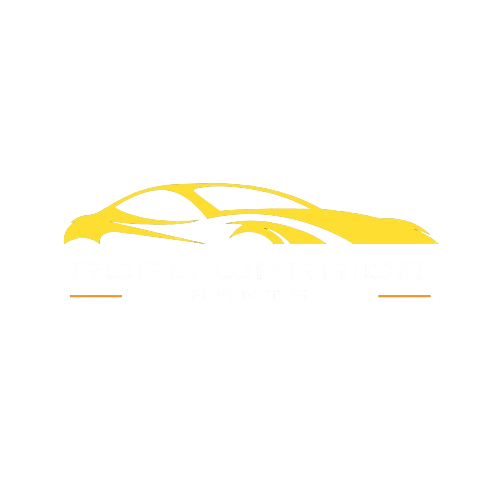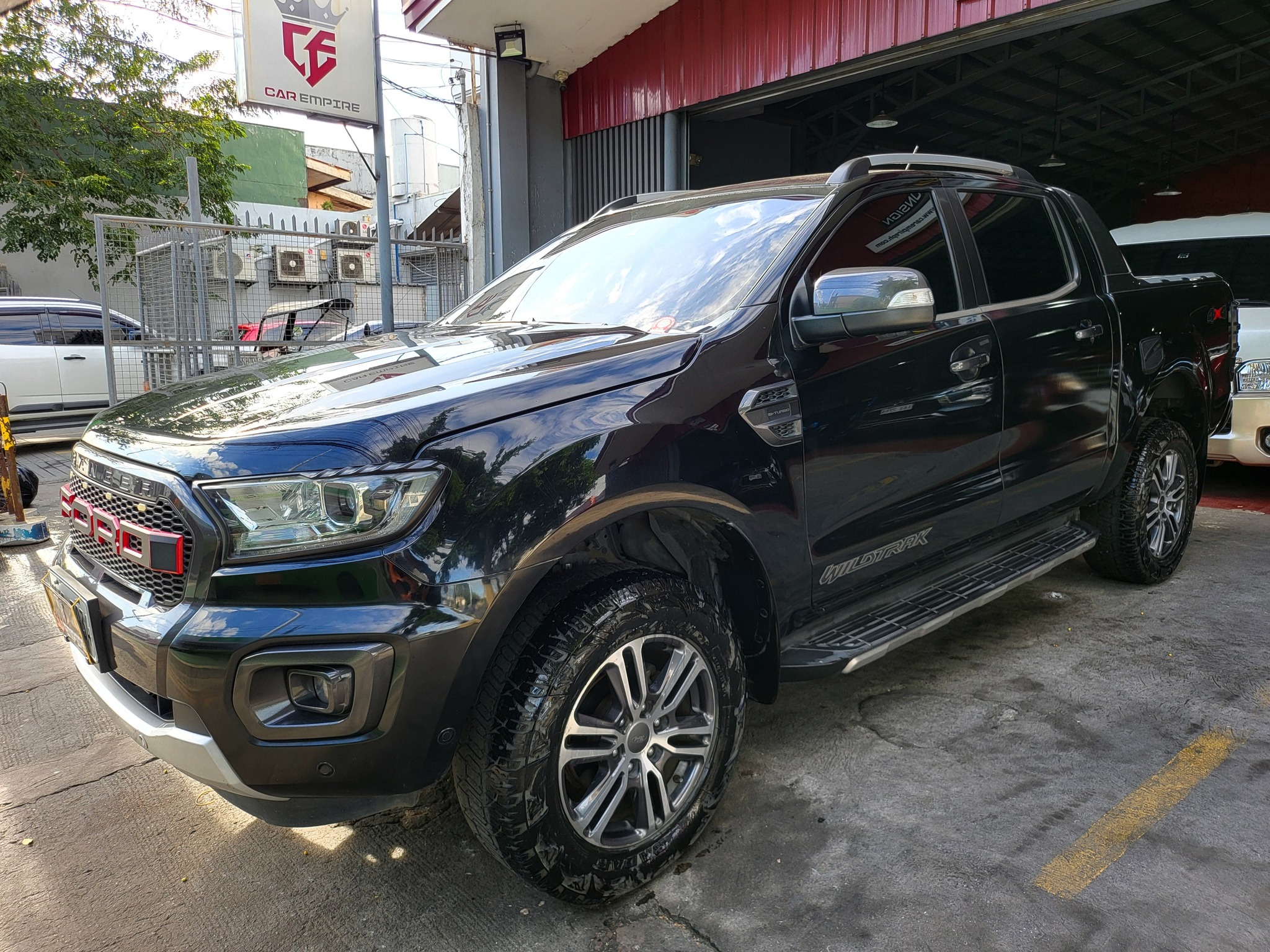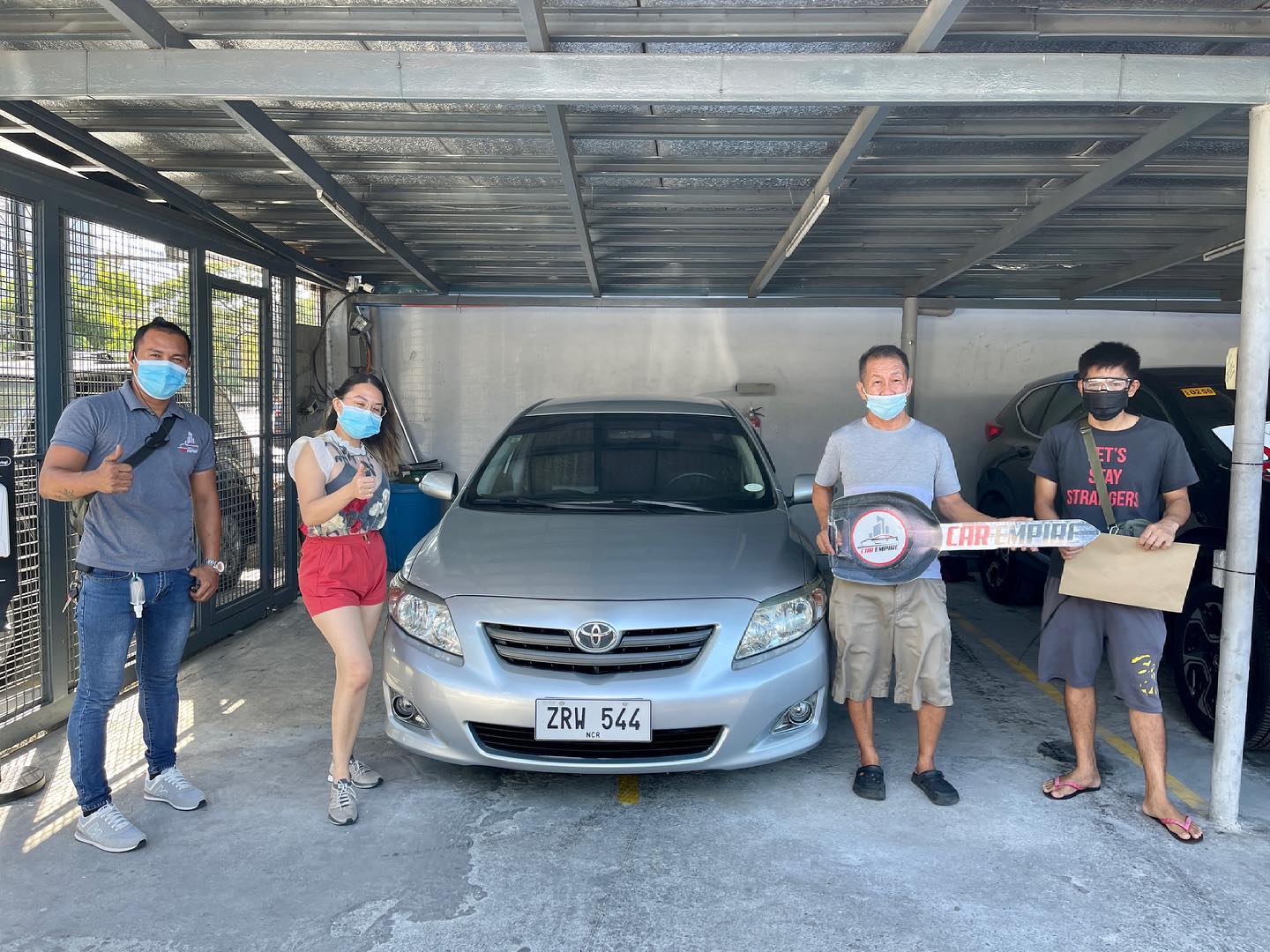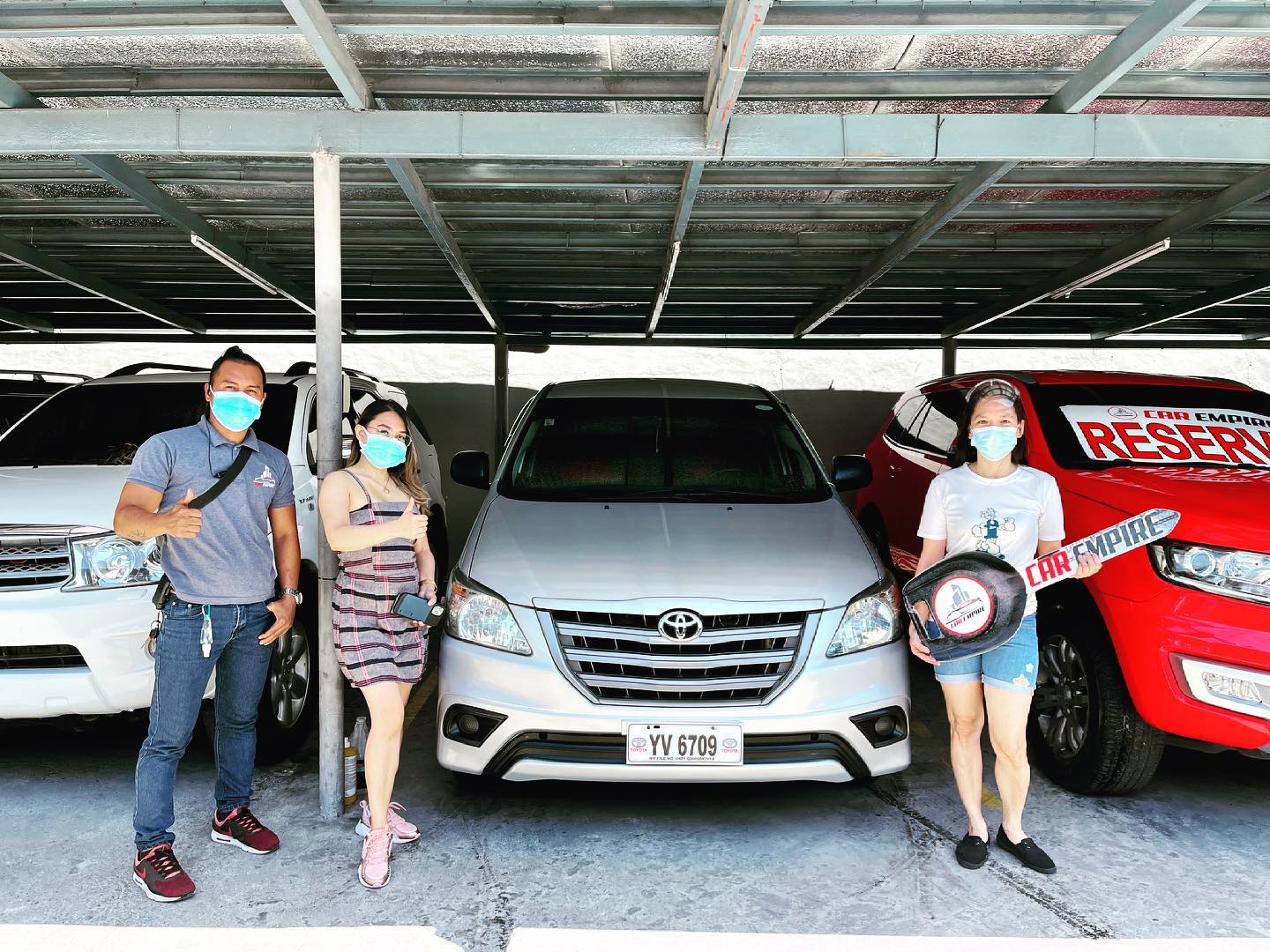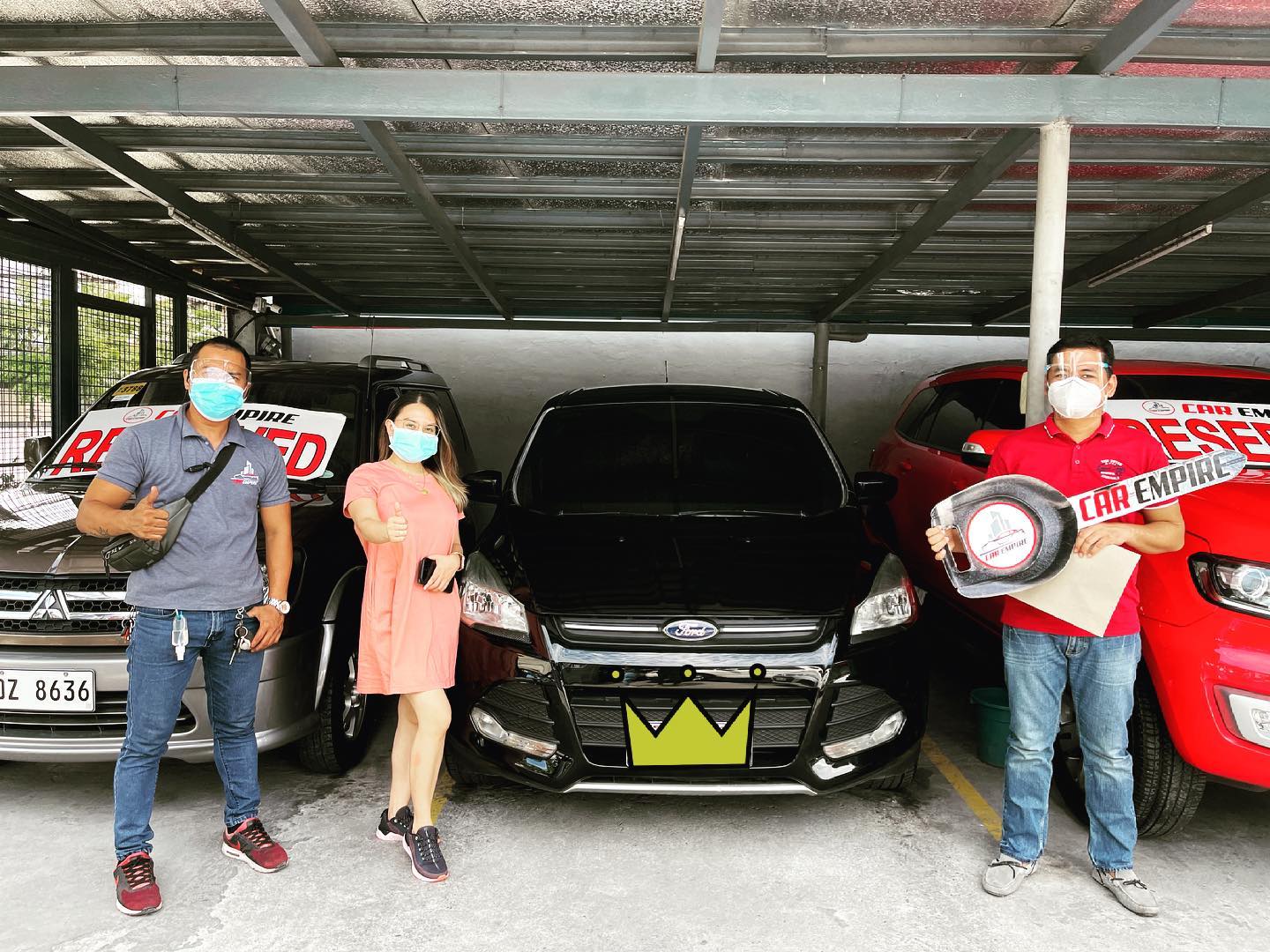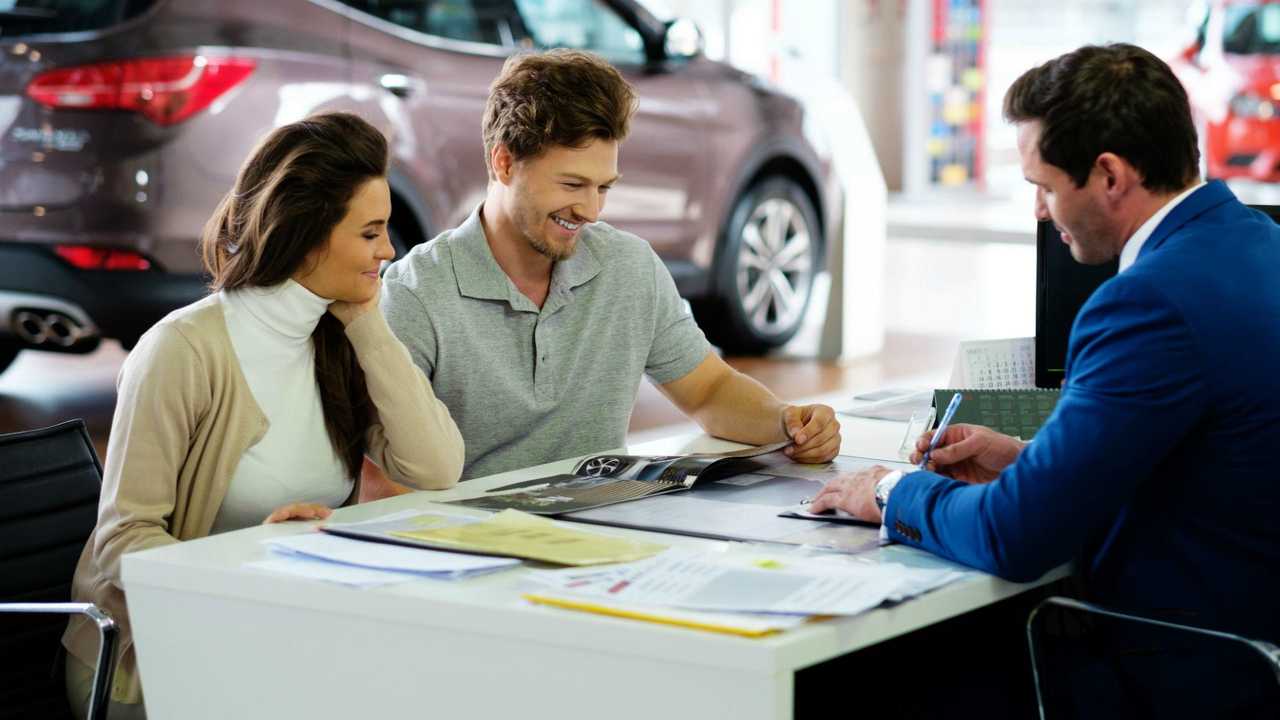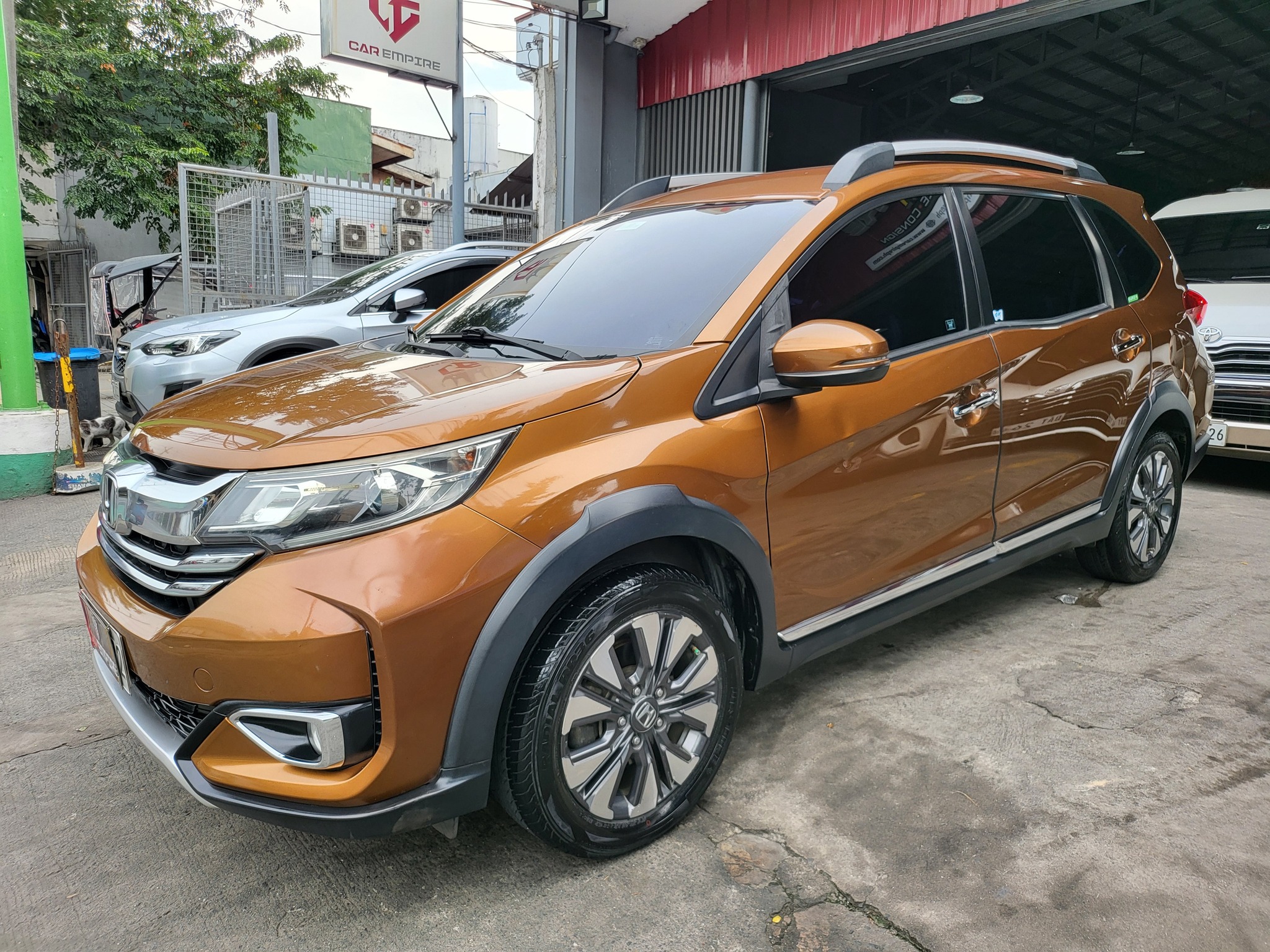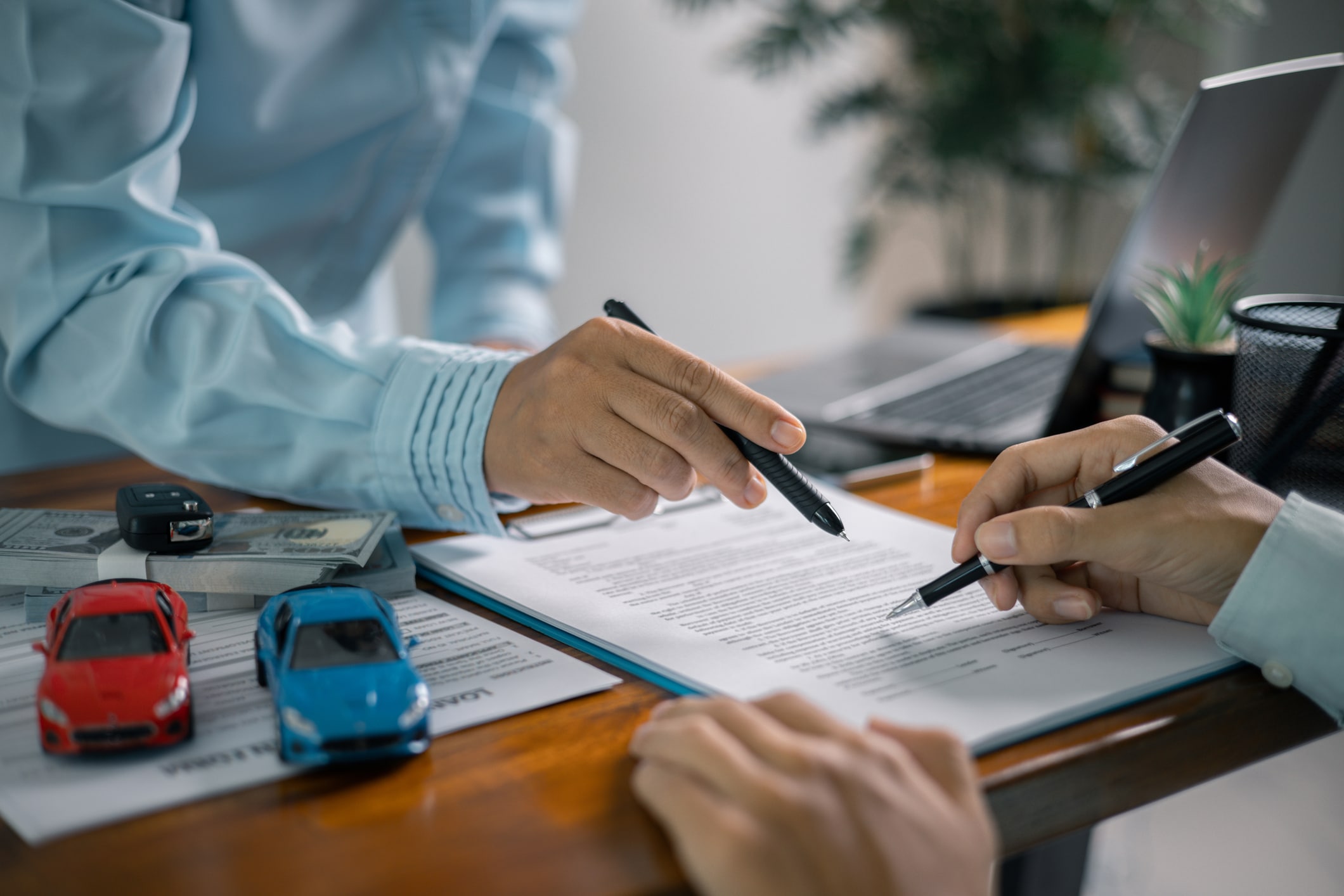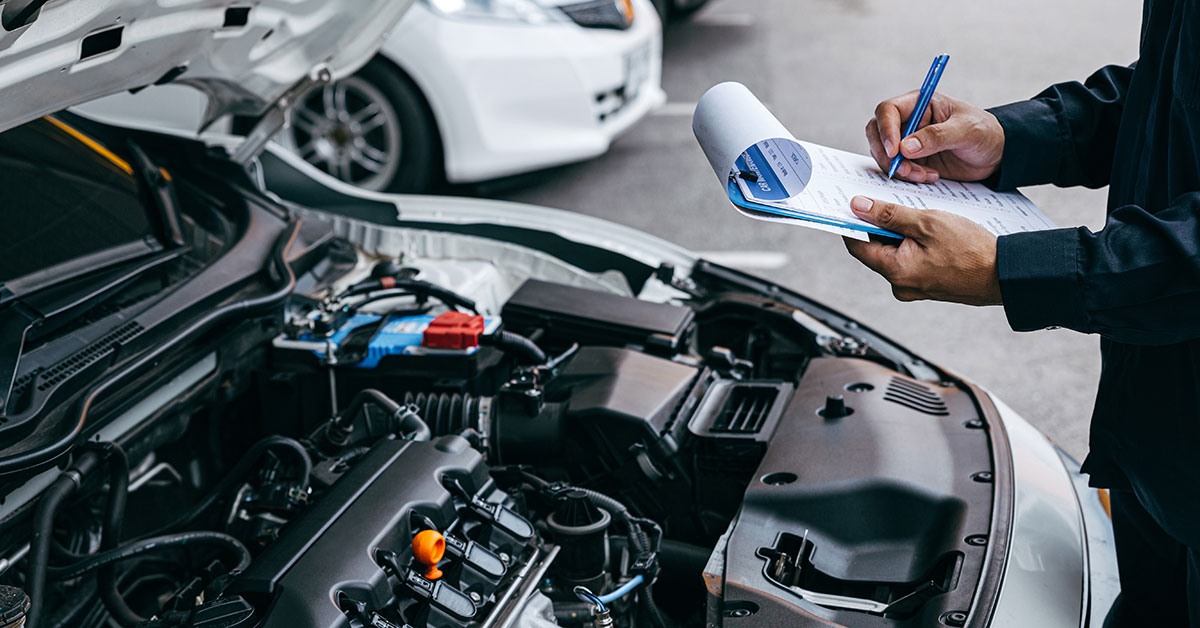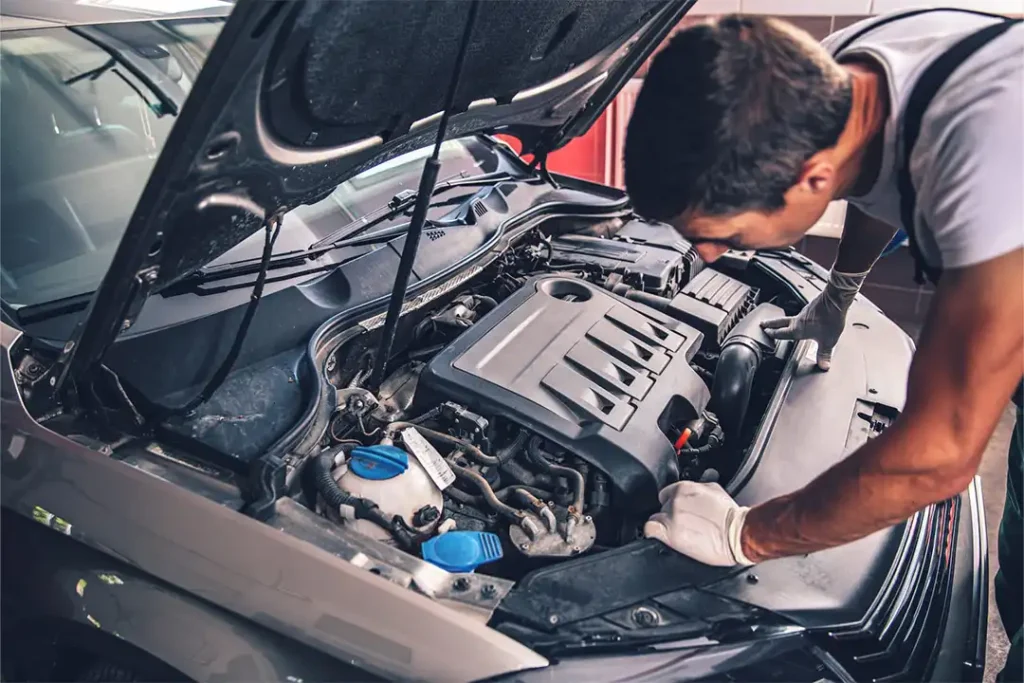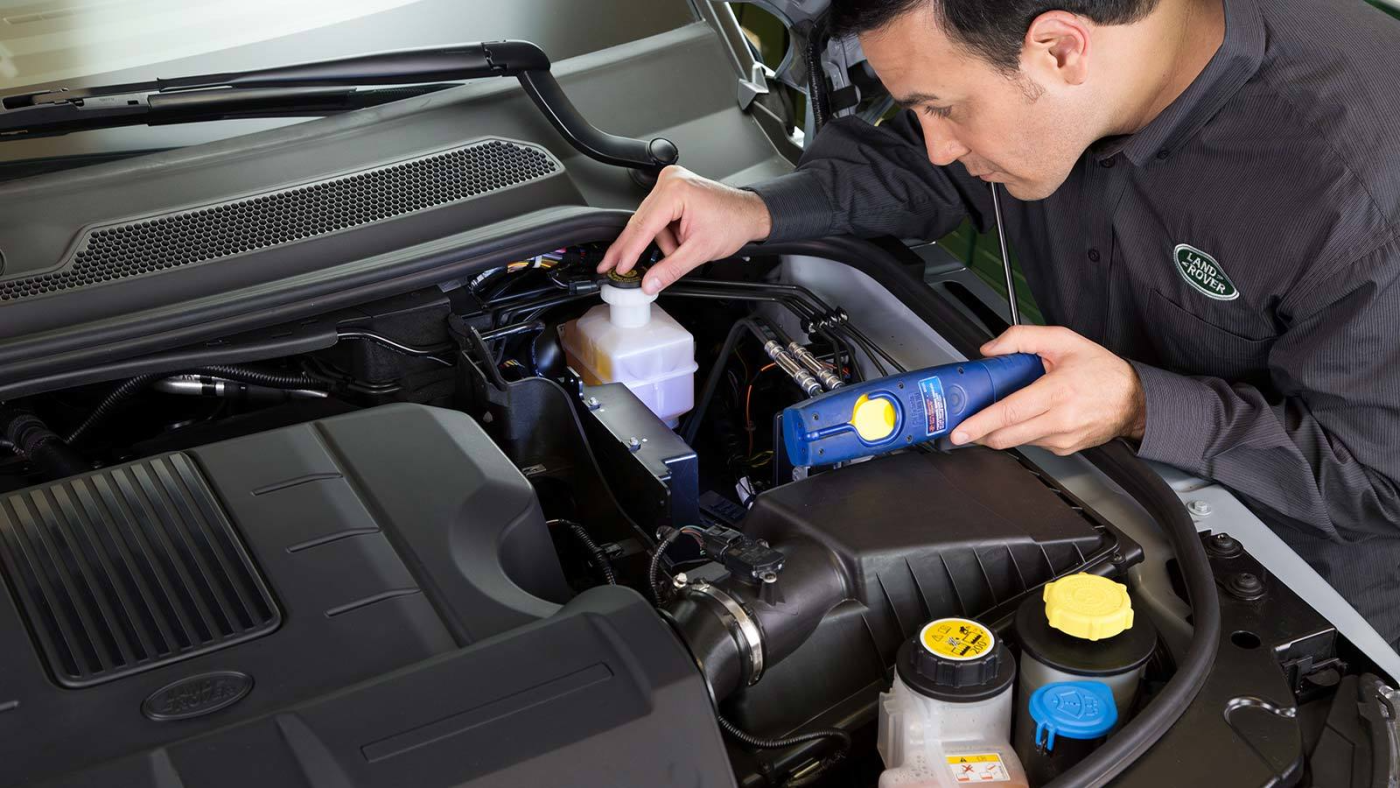Tesla vehicles are known for their cutting-edge technology, electric efficiency, and top-tier safety features. However, when a Tesla gets into an accident, repairing it is unlike fixing a traditional car. Tesla shop procedures are highly specialized, involving proprietary techniques, approved parts, and strict safety protocols. Choosing a Tesla shop for collision repair ensures that the car retains its performance, safety, and resale value.
Understanding how a Tesla shop handles collision repair can help owners make informed decisions and avoid costly mistakes. This article will uncover the secrets behind Tesla shop collision repairs, from initial damage assessment to the final quality check.
How Tesla Handles Collision Repairs
Unlike traditional auto repair centers, a Tesla shop follows a unique approach to vehicle restoration. Tesla-certified shops adhere to Tesla’s high standards, ensuring that every repair meets the company’s exact specifications. Since Tesla vehicles are built differently from conventional cars—featuring aluminium body panels, integrated battery packs, and advanced software—a Tesla shop requires specialized tools and trained technicians.
Tesla offers both in-house and third-party certified collision repair options. While Tesla-owned service centers handle minor repairs, major collision damage is typically addressed by a Tesla-approved body shop. These Tesla shop partners undergo rigorous training and must follow Tesla’s proprietary repair guidelines to restore the vehicle to its original factory condition.
Initial Assessment and Damage Diagnosis
Upon arrival at a Tesla shop, the vehicle undergoes a thorough assessment to identify both visible and hidden damage. Tesla’s diagnostic tools allow technicians to scan the vehicle’s software and hardware for any irregularities caused by the impact. Since Tesla vehicles rely heavily on sensors, cameras, and electronic control units, a Tesla shop must ensure all systems are functioning properly before proceeding with repairs.
One of the critical steps in this process is assessing battery safety. Unlike gas-powered cars, Tesla vehicles contain high-voltage battery packs that require special handling. A certified Tesla shop checks for battery damage to prevent potential fire hazards or performance issues. If needed, Tesla engineers can remotely access vehicle data to assist with diagnosis and repair recommendations.
Tesla-Approved Parts and Materials
A key advantage of using a Tesla shop is access to genuine Tesla parts. Tesla strictly controls the distribution of replacement components, ensuring that only Tesla-approved repair centers can source them. Unlike aftermarket parts that may compromise safety and durability, Tesla shop parts are designed specifically for each model, ensuring a perfect fit and optimal performance.
Using non-OEM parts can void warranties and affect the vehicle’s overall functionality. A Tesla shop guarantees that repairs meet the original manufacturing standards, preserving the vehicle’s structural integrity and resale value. From body panels to battery modules, every component used in a Tesla shop repair is factory-approved to maintain peak performance.
The Collision Repair Process Step-by-Step
Tesla shop repairs follow a structured approach to ensure precision and safety. Here’s a step-by-step breakdown of what happens during a Tesla shop collision repair:
Disassembly & Inspection
The Tesla shop begins by carefully disassembling the damaged area to assess underlying issues. Tesla’s unique body structure, made of aluminium and reinforced steel, requires specialized tools for removal and inspection. Technicians also check for hidden damage that may not be visible externally, such as sensor misalignment or frame distortion.
Body Repair & Frame Alignment
Once the damage assessment is complete, the Tesla shop uses factory-approved repair techniques to restore the frame and body panels. Since Tesla vehicles feature aluminium-intensive construction, only Tesla-certified technicians with the right welding and bonding expertise can carry out structural repairs effectively. Advanced laser-guided frame alignment ensures that the vehicle maintains its original shape and stability.
Paint Matching & Refinishing
Tesla’s paint process is unique, requiring specialized techniques to match factory colors seamlessly. A Tesla shop uses high-quality paints and coatings that adhere to Tesla’s exact specifications. Advanced color-matching technology ensures that repainted areas blend perfectly with the rest of the vehicle, maintaining its aesthetic appeal and resale value.
Software Recalibration
Tesla vehicles rely on sophisticated software to operate safety features such as Autopilot, Adaptive Cruise Control, and Lane Assist. After a repair, a Tesla shop performs software recalibration to ensure these systems function correctly. Technicians use Tesla’s proprietary diagnostic tools to reset sensors, update firmware, and test the car’s AI-assisted driving capabilities.
Final Quality Control & Safety Checks
Before the repaired Tesla is returned to the owner, the Tesla shop conducts a comprehensive quality control process. This includes road testing, battery diagnostics, and safety inspections to verify that the vehicle meets Tesla’s performance and security standards. A final software check ensures that all digital components are functioning as expected.
Unique Challenges in Tesla Collision Repair
Repairing a Tesla is more complex than fixing a conventional vehicle. A Tesla shop faces several unique challenges, including:
- Handling High-Voltage Batteries: Tesla batteries require special care to prevent hazards. Tesla shops follow strict safety measures to disconnect and inspect battery systems safely.
- Sensor and Camera Calibration: Since Tesla vehicles depend on cameras and sensors for Autopilot functions, a Tesla shop must ensure they are precisely aligned.
- Longer Repair Times: Tesla’s proprietary parts and repair methods often lead to extended wait times, especially if parts need to be ordered from Tesla’s supply chain.
How to Prevent Expensive Tesla Repairs
While accidents can happen, Tesla owners can take steps to minimize repair costs by:
- Practicing Defensive Driving: Avoiding collisions reduces the need for costly Tesla shop repairs.
- Using Tesla’s Safety Features: Autopilot, Emergency Braking, and Lane-Keeping Assist help prevent accidents.
- Choosing Tesla Insurance: Tesla’s own insurance program provides tailored coverage for collision repairs.
Takeaway
Tesla shop repairs are a specialized process requiring expert knowledge, factory-approved parts, and advanced calibration techniques. From initial diagnosis to final quality checks, Tesla shop technicians ensure that every vehicle is restored to its original factory condition. Choosing a Tesla shop guarantees that your electric car retains its performance, safety, and longevity.
By understanding what happens during a Tesla shop collision repair, Tesla owners can make informed decisions and avoid unnecessary expenses. Whether it’s a minor dent or major structural damage, trusting a certified Tesla shop is the best way to keep your vehicle in top shape.
